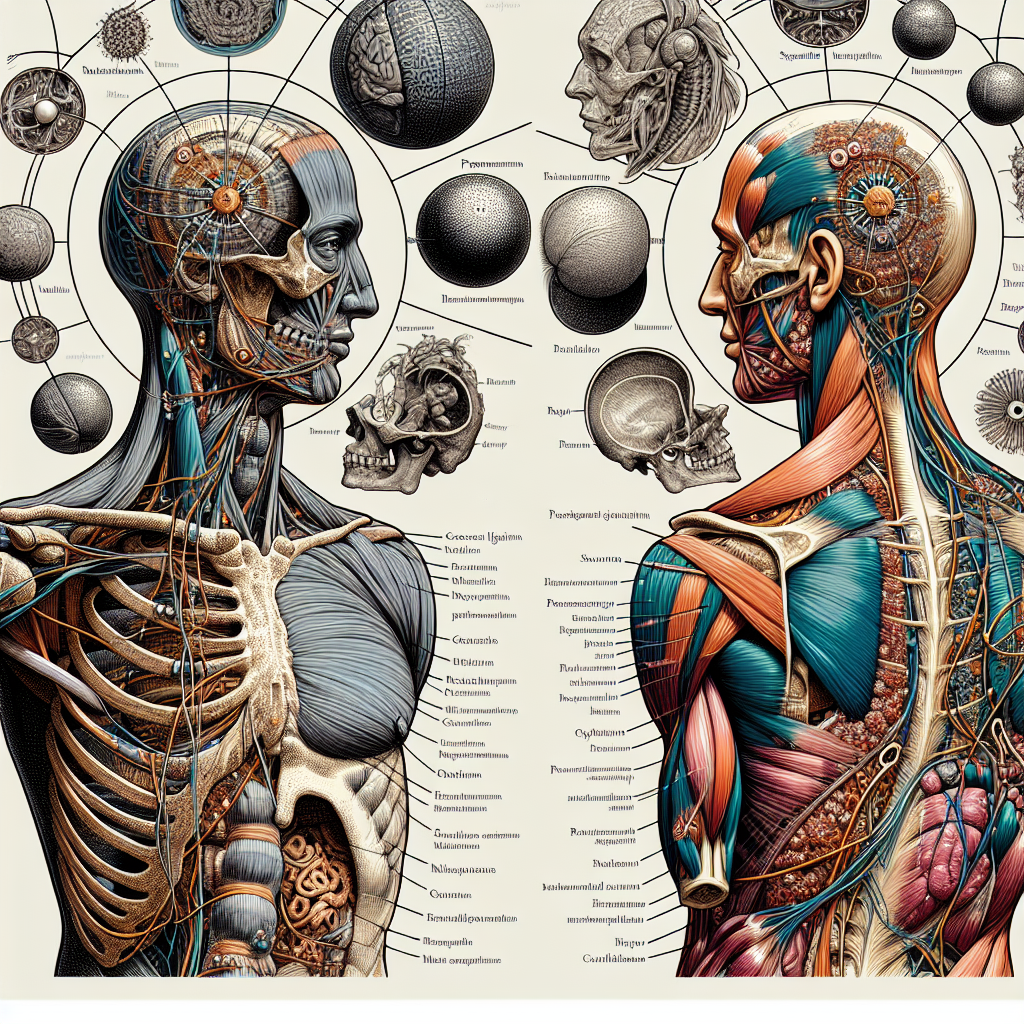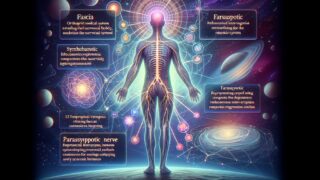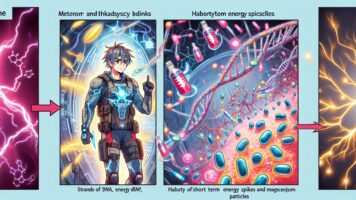The Connection Between Fascia, Posture, and Beauty
Fascia is a connective tissue that stabilizes and suspends each vessel, organ, and virtual cell in your body. It is composed mostly of collagen fiber and is six to 10 times more innervated than muscle tissue. This tissue interweaves all the way from the bottom of the foot to the top of the head, creating an entire matrix of extracellular and connective tissue.
Fascial restrictions can manifest as various health issues, such as:
- 😴 Sleep apnea
- 😰 Anxiety
- 🥱 Chronic fatigue
- 🤕 Chronic pain
- 🧠 Brain fog
- 🫁 Breathing issues

The Impact on Beauty and Aesthetics
Fascial restrictions can also influence aesthetic complaints, such as:
- 👄 Jawline issues
- 👀 Sagging eyelids and dark circles
- 🫦 Midface dropping
- 🦴 Facial asymmetry
- 🍊 Cellulite (adaptive shortening of hamstring fascia)
- 🧏♀️ Head forward posture and neck sagging
- 👅 Improper tongue posture leading to airway occlusion and developmental or oral facial dysfunction
The Importance of Tongue Posture
Correct tongue posture, known as “mewing,” involves resting the tongue at the roof of the mouth with the tip just behind the front incisors. This influences the position of the maxilla, mandible, and hyoid muscles, which suspend the tongue. Improper tongue posture can lead to airway occlusion, respiratory dysfunction, and aesthetic issues over time.
Addressing Fascial Restrictions
To address fascial restrictions and improve overall health and aesthetics, consider:
- 🧘♀️ Myofascial release techniques
- 🏃♂️ Stretching and exercising hip flexors and pelvic floor
- 🫁 Breathwork and respiratory exercises
- 👅 Practicing proper tongue posture (mewing)
Additional Interesting Facts
- 💡 The fascial line of the Galea apaneurotica connects to orbital muscles and is responsible for the masseter muscle, influencing jaw position and facial symmetry.
- 🔍 Recent studies suggest that fascial restrictions can contribute to the development of chronic pain syndromes, such as fibromyalgia and myofascial pain syndrome.
- 🧬 Fascia contains a high concentration of mechanoreceptors, making it a crucial component in proprioception and body awareness.
Correction
While the information provided is largely accurate, it is important to note that some claims, such as the direct influence of tongue posture on facial structure, remain controversial and require further scientific research to be fully substantiated.







